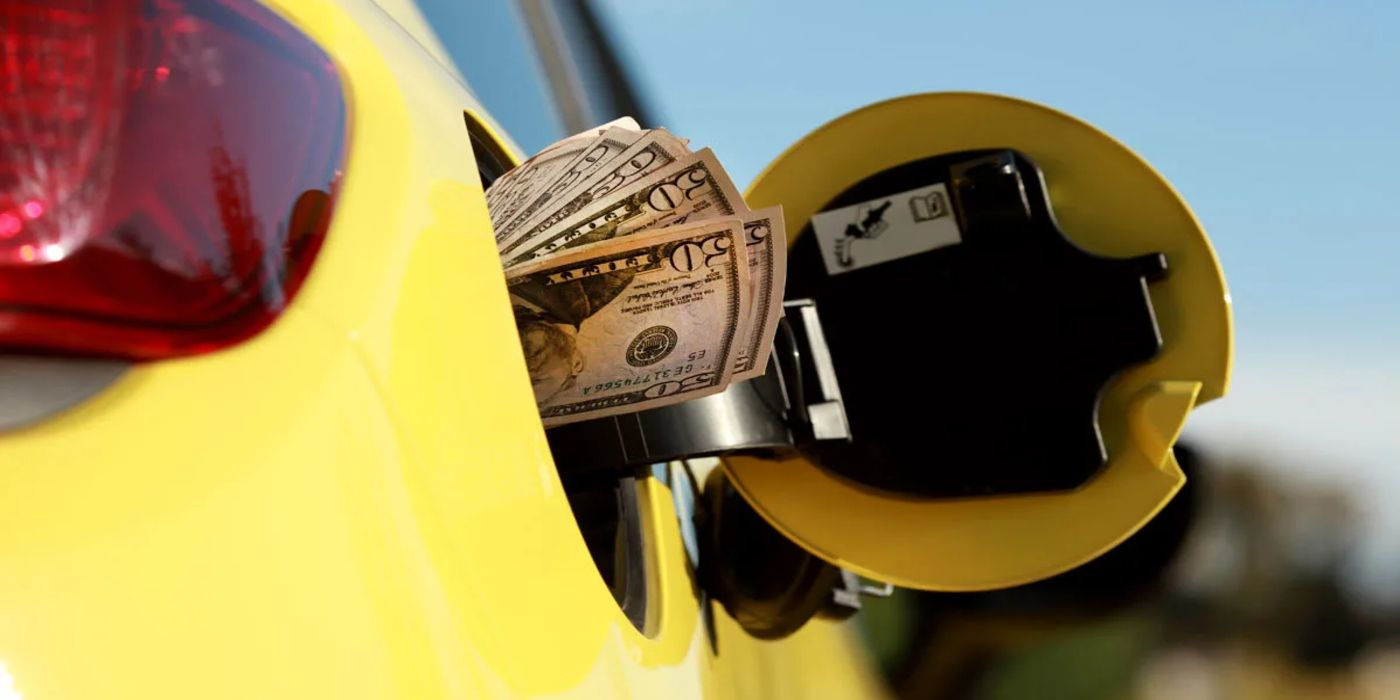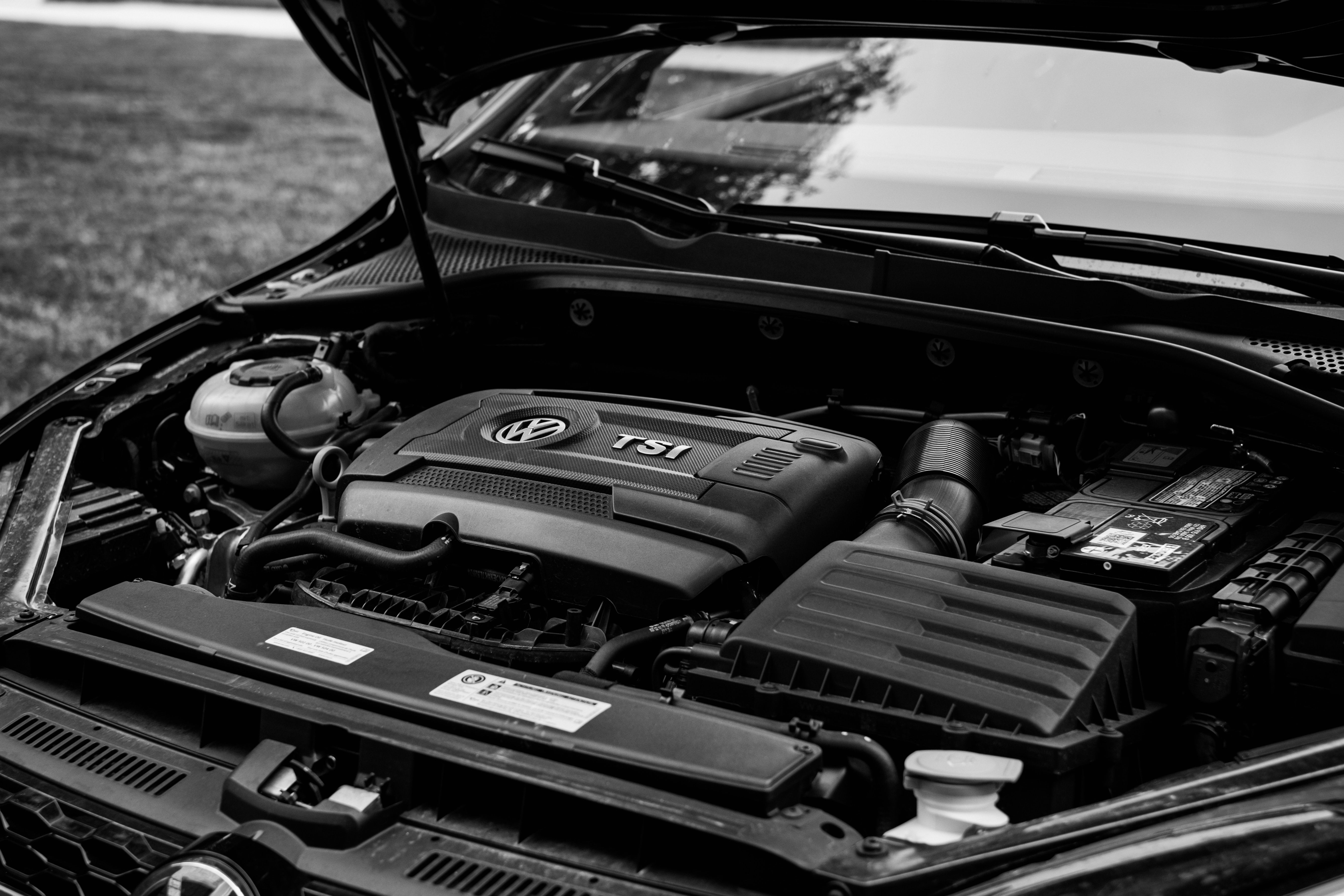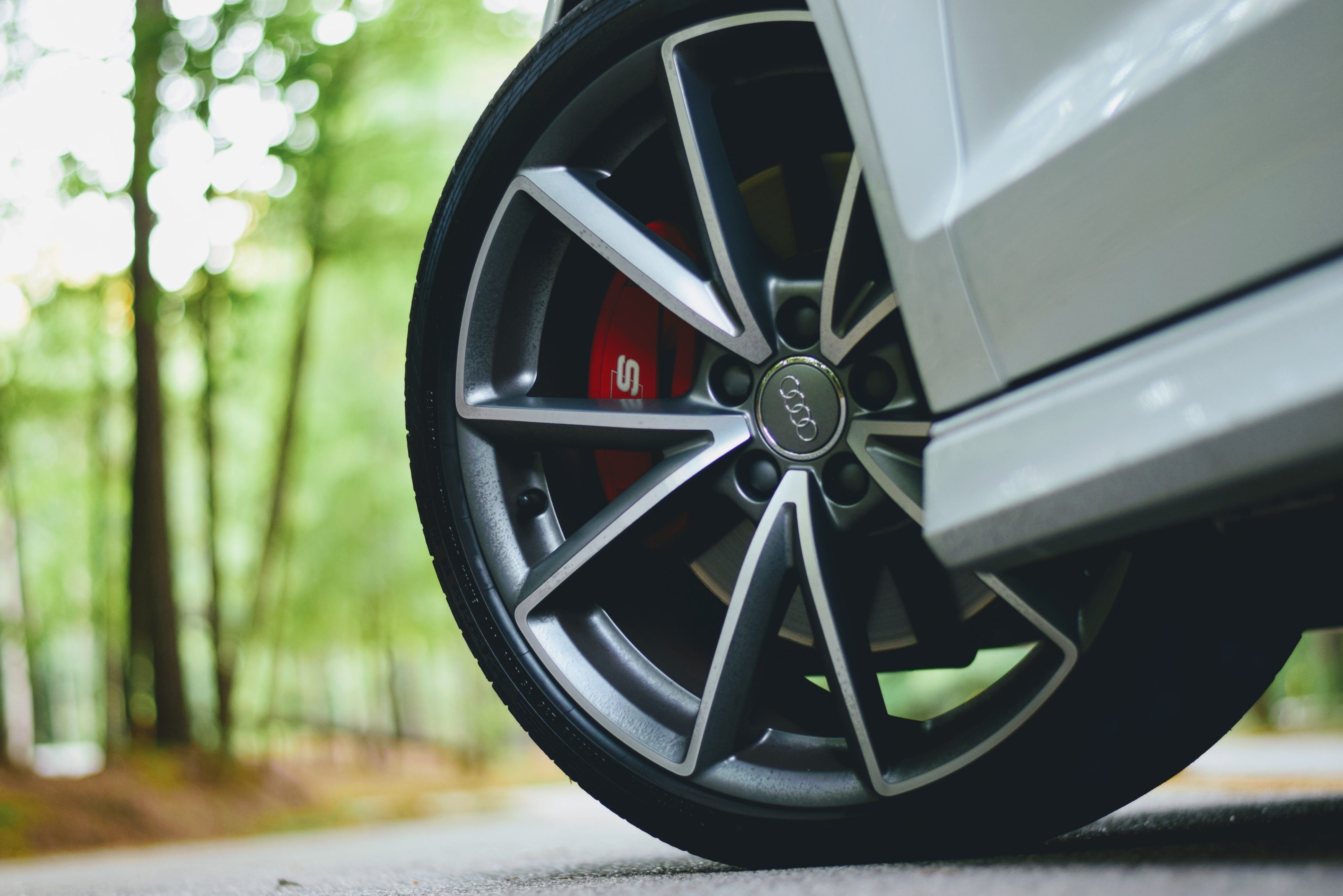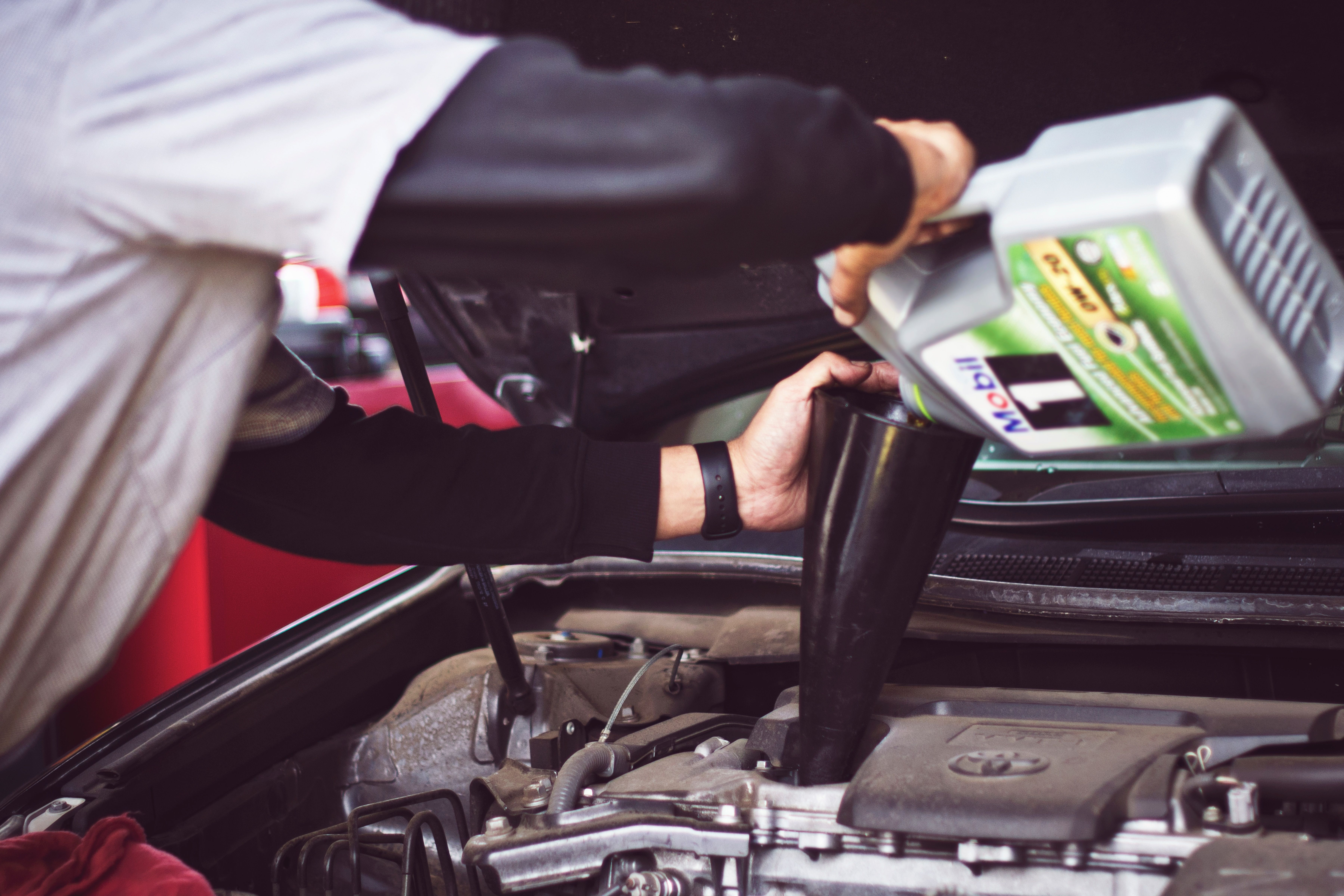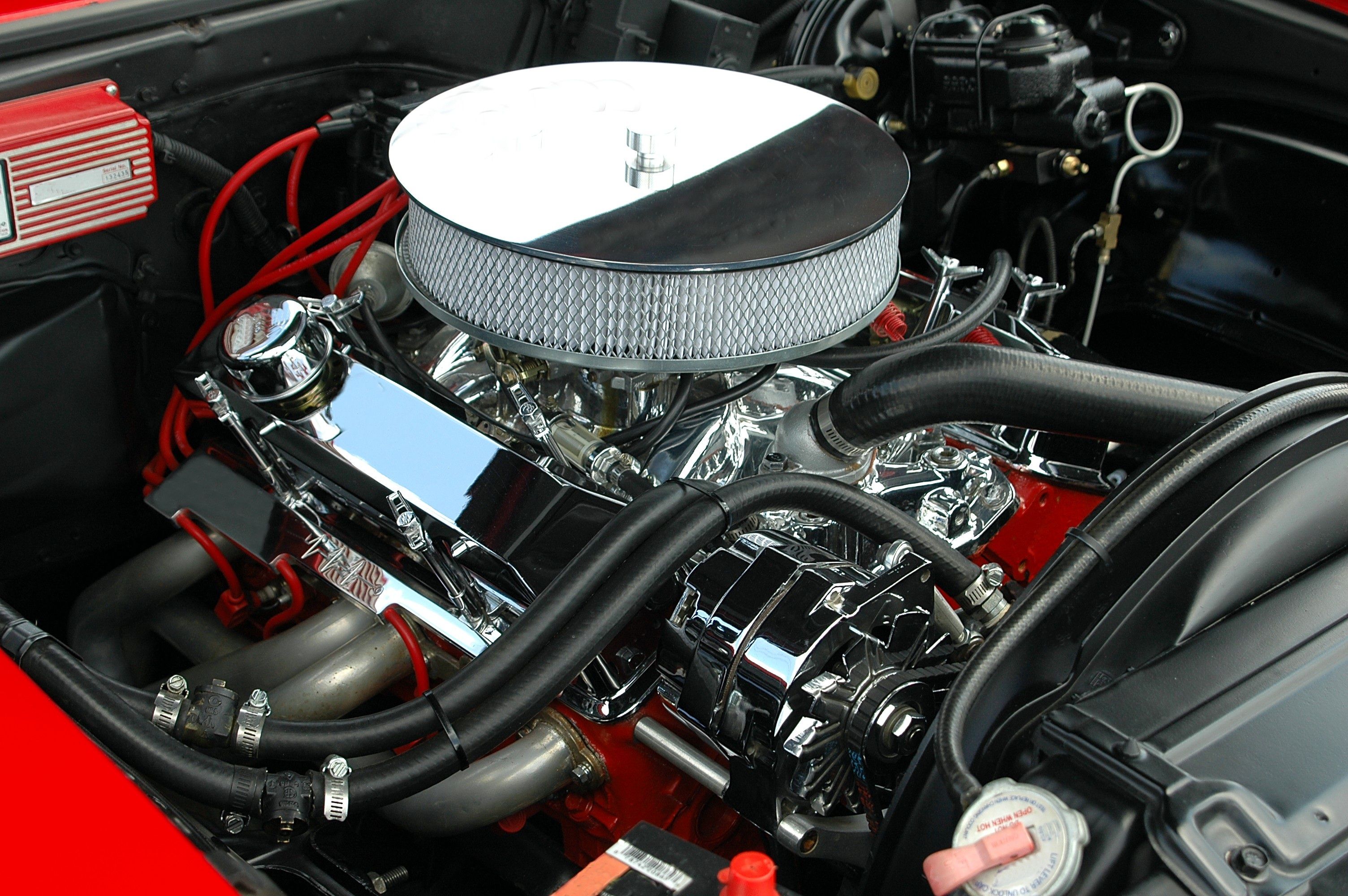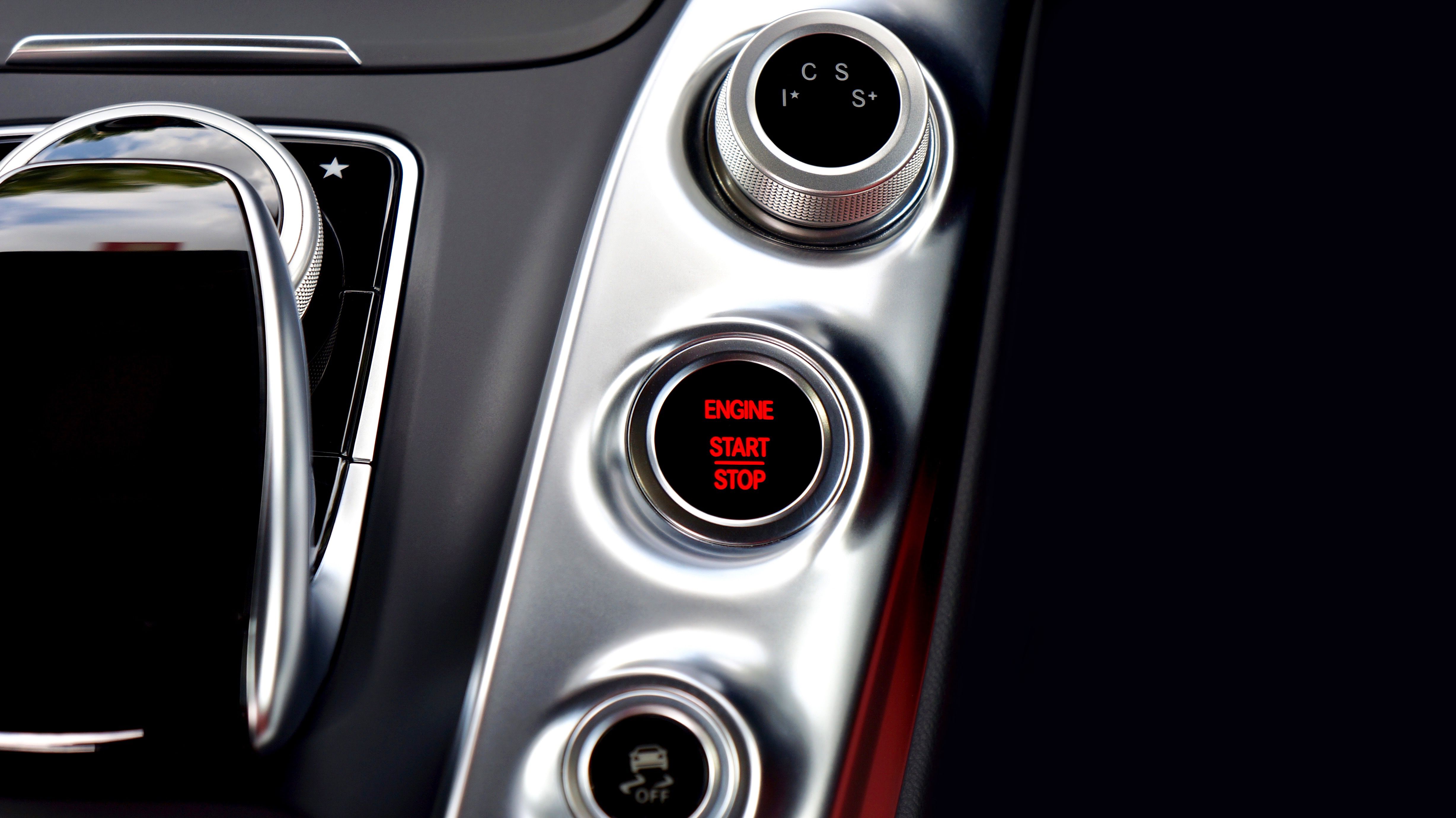Whether you have a new model or a reliable, older car, there are some changes that you can make to your vehicle and driving style to help with the fuel economy. These seemingly small changes can deliver some quality cost savings.
Better fuel economy cannot only reduce your stress when it comes to the rising price of gas but also diminish the carbon footprint of your car. So, it’s a win-win for your pocket and the environment.
Here are some of the ways in which you can ensure that your car gives you better mileage and doesn’t burn a whole lot of fuel. Though it may involve bringing your vehicle in for more frequent tune-ups or paying more attention to road and traffic conditions, the extra effort will doubtlessly help reduce pain at the pump in the future.
8 Regular Check-ups
While it may seem like stating the obvious, regular check-ups are very important. While a traditional tune-up is not required for engines anymore, thanks to the computer-controlled fuel injection, regular maintenance can identify other issues and fix them.
Over time, the different sensors and filters in your vehicle can get clogged, ultimately, affecting your car’s performance. Hence, sticking to the schedule shared by the car’s manufacturer and ensuring that maintenance including an oil change, air filter change, oxygen sensor, and spark plug replacement is done in a timely manner can not only increase fuel economy but also reduce emissions.
7 Monitor Tire Pressure
It is important to keep an eye on the tire pressure because under-inflated tires consume more fuel. According to SGI, you waste 1% fuel for every 10 lb per square inch of under inflation.
In addition to that, research shows that drivers operating their vehicles on under-inflated tires wasted more than 500 million liters of fuel in 2018. This amount of fuel could have powered 275,000 vehicles for a whole year!
Low air pressure does not only impact your mileage, but it also reduces the lifetime of your tires. To ensure that your tires have the right air pressure, it is recommended to check the pressure every month.
6 Use The Right Motor Oil
Using the ‘right’ motor oil is important, as well. Always use the car manufacturer’s specified oil. If you use a higher viscosity or 'thicker' oil, it will negatively impact horsepower, create friction, and lead to more fuel being consumed.
Using the manufacturer’s recommendation or even a slightly thinner consistency oil can help improve fuel economy. This is because it is easier to pump and can even improve your gas mileage by 1-2 percent. So, for instance, if you’re currently using 5W-30 grade oil for your engine, opting for 10w-30 can help in achieving better fuel economy.
5 Check The Air Filter
If you have an older vehicle, a dirty air filter can be the culprit when it comes to lower fuel economy. While it does not impact fuel economy for newer cars, that have computer-controlled engines, it still affects their performance. So, either way, it is better to replace the filter before it starts creating issues.
As a rule of thumb, air filters should generally be replaced after a year of use. According to researchers, with an older car, a new air filter can improve fuel economy as much as 14%.
4 Rule Out Alignment Issues
Just like tire pressure, tire alignment is also key when it comes to fuel economy. When your tires are not aligned properly, they are not working seamlessly to propel your vehicle forward, and, in this tussle, you end up wasting gas as well as compromising on the tire life.
You’d be surprised at how even a few centimeters of misalignment, can lead to significant fuel wastage. So, in case you notice that your car is pulling to one side or there is more wear and tear on a particular tire, the alignment could be off. It is better to get it checked out.
3 Reduce The Load
One of the easiest ways of improving fuel economy is getting rid of excessive weight. The more cargo on-board, the higher the fuel consumption. While you can’t avoid traveling with gear and baggage when going on longer trips, try to reduce the load at other times.
Decluttering is a good habit to start. Sometimes you may even find completely redundant stuff sitting inside your trunk.
Additionally, if you don’t need the roof racks, it is recommended to remove them. This is because the aerodynamic drag caused by them can negatively impact your fuel economy.
2 Don't Leave The Vehicle Idle
Another simple way of increasing your fuel economy is to simply turn off your car’s engine when you’re waiting in the parking lot, at a curb, or are in another similar situation. You’re basically getting zero miles per gallon when the car isn’t moving. So, if you’re idle for over a minute, turn off the engine.
Idling not only means that your fuel economy takes a hit, but it also contributes to unnecessary emissions which are not good for the environment. Today, cars are equipped with start/stop systems, which makes it easier to start and stop the engine and conserve fuel.
1 Drive Smoothly
Being aware of the road’s structure, speed limits, and traffic conditions can help you enjoy a smooth drive without having to continuously accelerate or hit the break.
Speed dips and bursts are one of the main reason for the decrease in fuel efficiency. Hard acceleration, in particular, not only contributes to lower mileage, but it also damages your engine in the long run.
According to researchers, aggressive driving, which includes speeding, rapid acceleration, and braking, can lower your car’s gas mileage by around 15% to 30% at highway speeds and 10% to 40% in stop-and-go traffic. So, next time that you drive, just apply light throttle and avoid heavy braking to avoid any unnecessary fuel expenditure.

